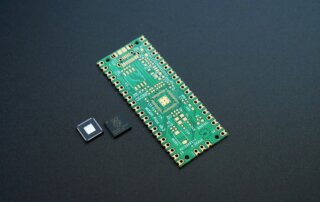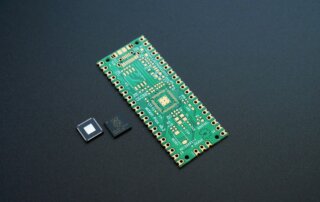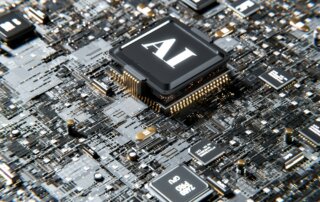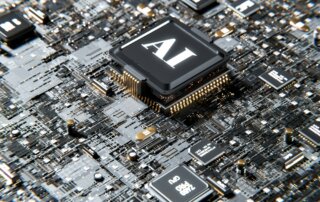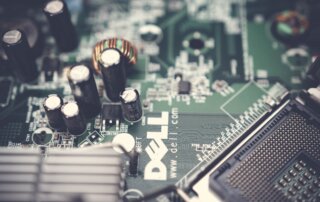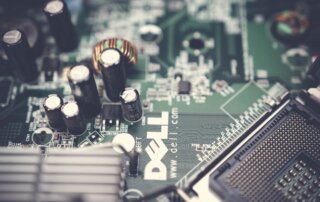Chip War Weaknesses: The Problem with TSMC’s China Exposure
January 15, 2025Even as Washington pours tens of billions of dollars into domestic semiconductor production, even as Washington strives to build domestic industrial capacity, the US does so on a foundation that Beijing controls.
The Risk of China’s Nitrocellulose Advantage – And What the US Defense Industrial Base Can Do About It
May 22, 2024Protracted conflict, as seen in today’s kinetic battlefields, demands sustained munition production. The US defense industrial base – and its allied peers – need to demonstrate to those in Beijing, Tehran, and Moscow that the United States can compete in production and re-supply.
Cooperate or Compete? The Zero-Sum Game of AI Engagement with China
March 26, 2024The United States and China have reportedly reached an agreement to extend the decades-long cooperative framework of the US-China Science and Technology Agreement. That recent move follows Biden [...]
COMAC Comes to Europe: strategic implications of the commercial aerospace battleground
January 11, 2024China co-opted and conquered foreign solar energy and high-speed rail players. Will incumbent aerospace giants fall for the same playbook and spell their own disruption? The question is an existential one, and Western incumbents' survival hinges on weaning off the Chinese market and ceasing cooperation with Chinese players.
The US national innovation base has critical weaknesses. Just look at Starlink.
September 1, 2023To compete with China, the US needs a robust industrial and innovation base, able to withstand attacks on the battlefield and the factory floor. Real American dynamism – and real competitive advantage – stem from credible and sustainable power. Starlink's, and more broadly Elon Musk's, dependence on China underscore the vulnerabilities in current US national defense strategy.
All Hat No CATL: Are State Leaders Wising up to China’s Industrial Threat?
March 2, 2023Ford has announced that it will collaborate with a Chinese State-backed supplier in establishing a battery plant for electric vehicles in Michigan. This despite the fact that an EV battery plant dependent on Chinese technology runs contrary to ambitions to shore up dependence on Chinese players and increase sustainable American industrial capacity.
Why Dell Ditching Chinese Chips Is Great, but Not Enough
January 18, 2023For decades, US companies have been swayed by the siren song of cheap production and rapid market growth in China. Dell, which announced at the start of this year that it intends to stop using semiconductors made in China by 2024, could be at the vanguard of reversing this trend. Or it could be putting a band-aid on a bullet hole.
Hard Problems: The US Tech Sector Is Ignoring the China Threat
September 16, 2022It is time for the US tech sector to recognize the near and present national security threat China poses; to get on the right side of history. For the US to prevail against a centralized, Communist system, its tech sector will have to lead, proactively. Markets will reward this. The country needs it.
The Lesson of Pelosi’s Taiwan Visit: Win The Production Battle, Win the War
August 23, 2022Positioning for the industrial competition at hand will require the US national security community to recognize that today's geopolitical contest may not be fought with missiles. Except, that is, as it applies to where those missiles are made. This is a war to be won on the factory floor. And it started long before Pelosi’s Taiwan visit.
The True Cost of China Exposure and What To Do About It
August 6, 2022US industry is seeing the accumulated debts of decades of offshoring – and decades of offshoring to geopolitical adversaries – reach maturity. It’s time to adopt a new model. Instead of optimizing for the lowest costs, the US needs to start optimizing for resilience

